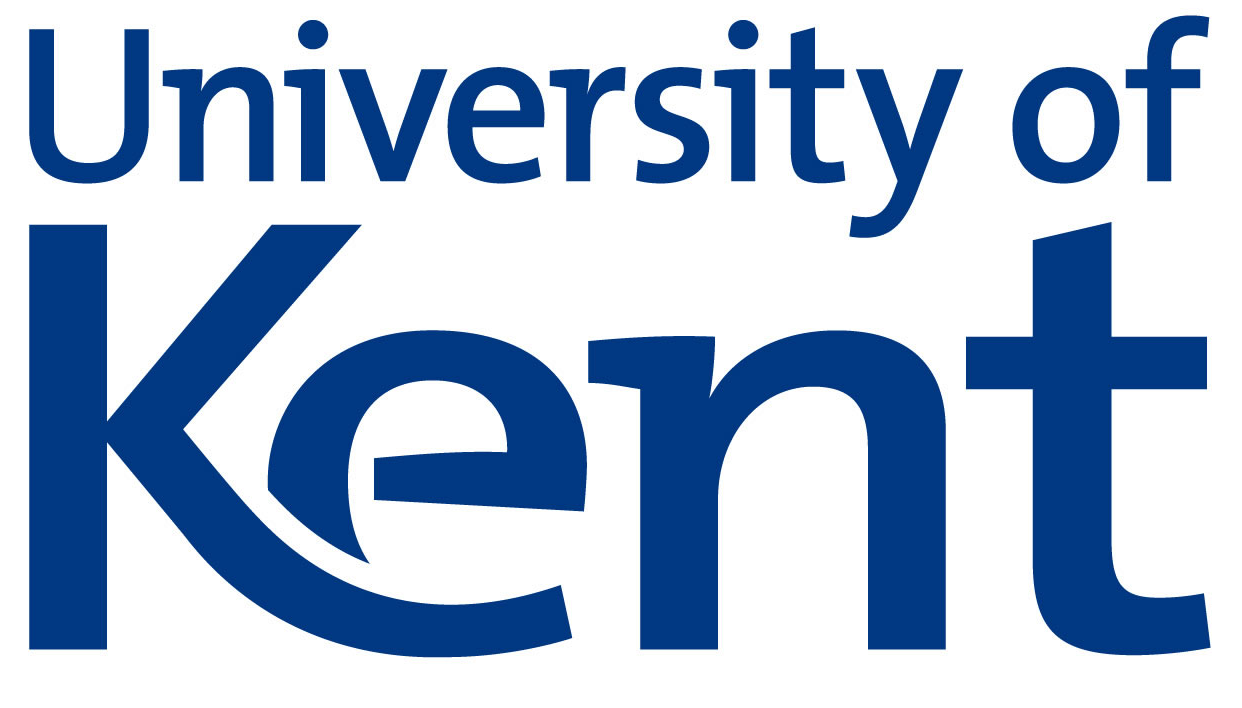Advanced electronic materials are one of the most exciting research frontiers in the physical sciences. Electron-electron correlations generate ever more surprising collective states with novel symmetries, novel topologies and new types of excitations. Many of these materials interact with electric an magnetic fields in new ways, offering the prospect of disruptive technologies. Understanding and controlling such complex forms of quantum matter requires cutting-edge facilities and ground-breaking ideas.
This meeting will be a focal point for the community of physicists, chemists and materials scientists using synchrotron, neutron, and muon sources as well as low-temperature, computational and theoretical techniques to investigate magnets, superconductors, multiferroics and other advanced materials. Specifically it aims to: foster links between the Diamond and ISIS user communities in the fields of strongly correlated electrons/magnetism/superconductivity (both physics and chemistry); showcase Diamond's capabilities in these areas; and foster links between the theory and experimental communities.
Topics:
- Quantum Magnetism
- Frustrated Magnetism
- Unconventional pairing in superconductors
- Multiferroic order
- Topological defects and excitations
- Topological order and quantum phase transitions


 A brighter light for science
A brighter light for science
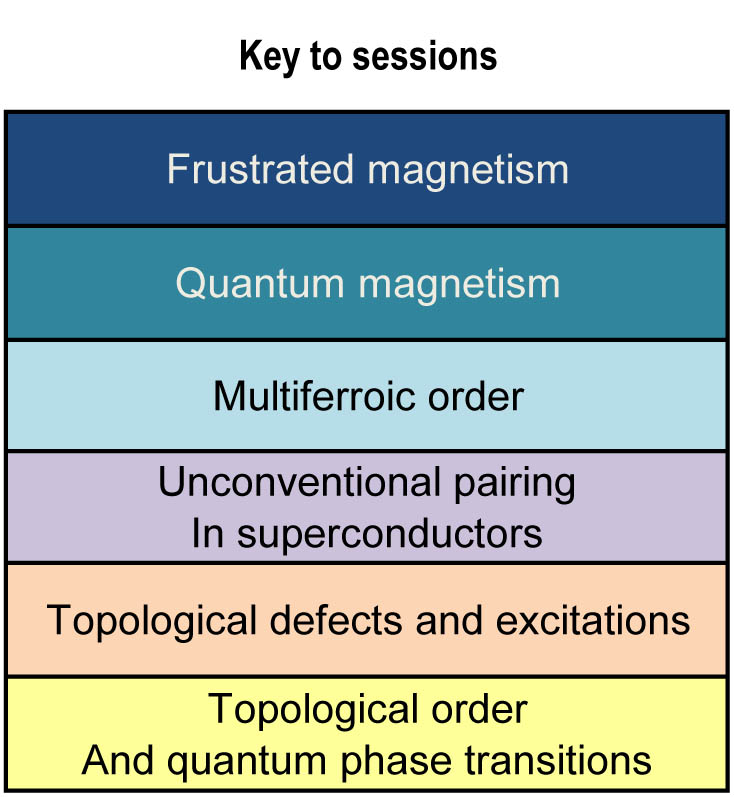


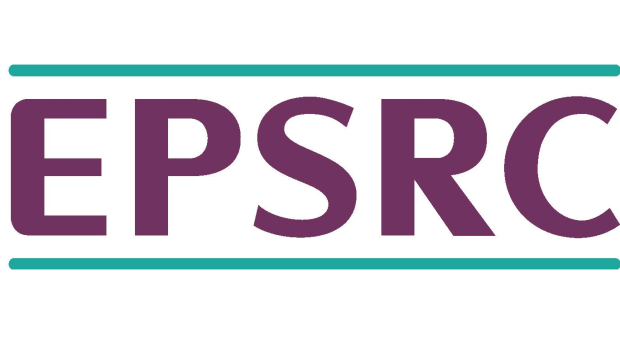
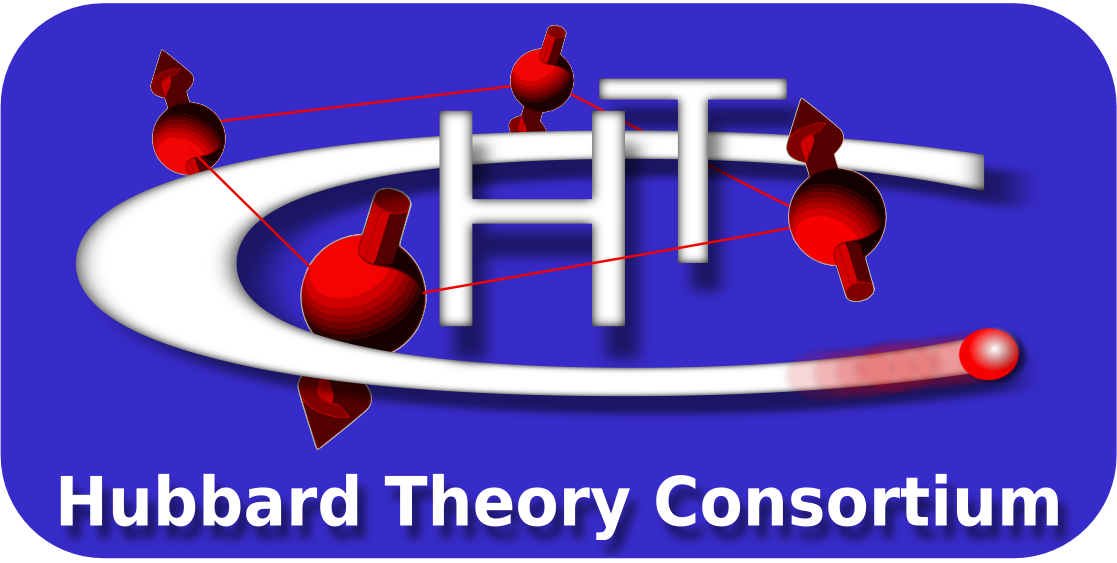

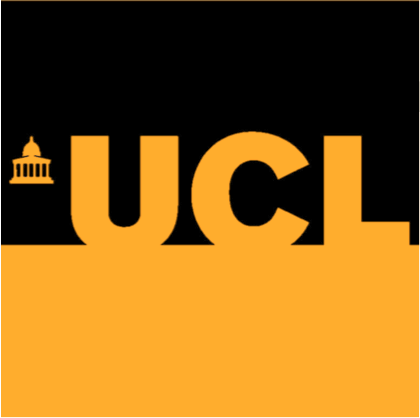
.2020-02-21-14-27-43.bmp)
